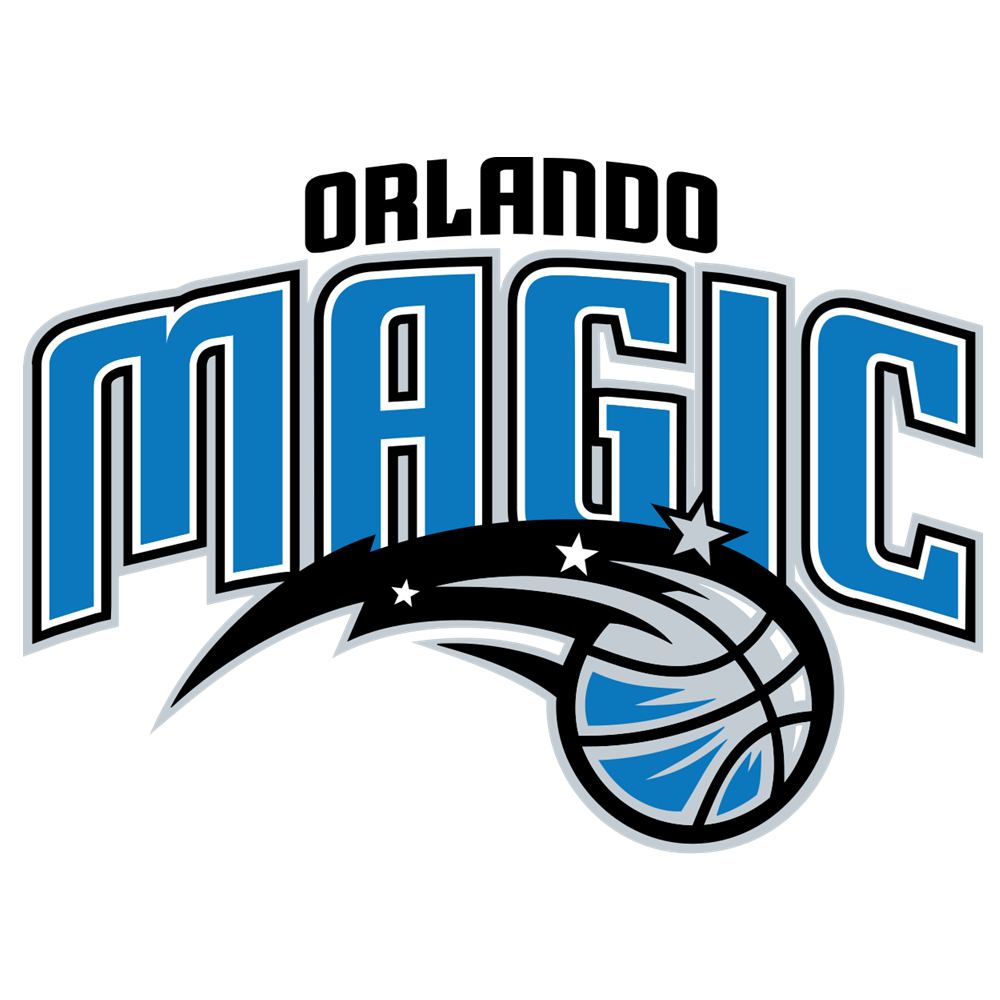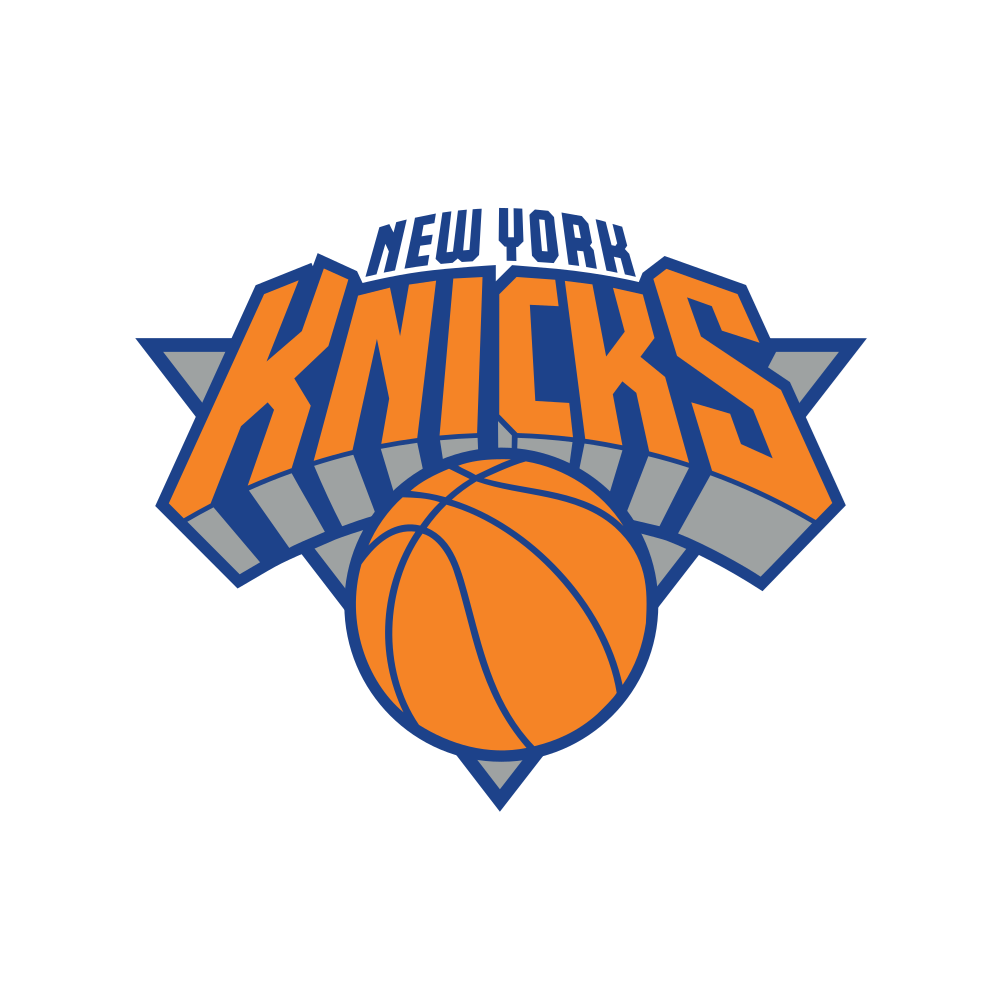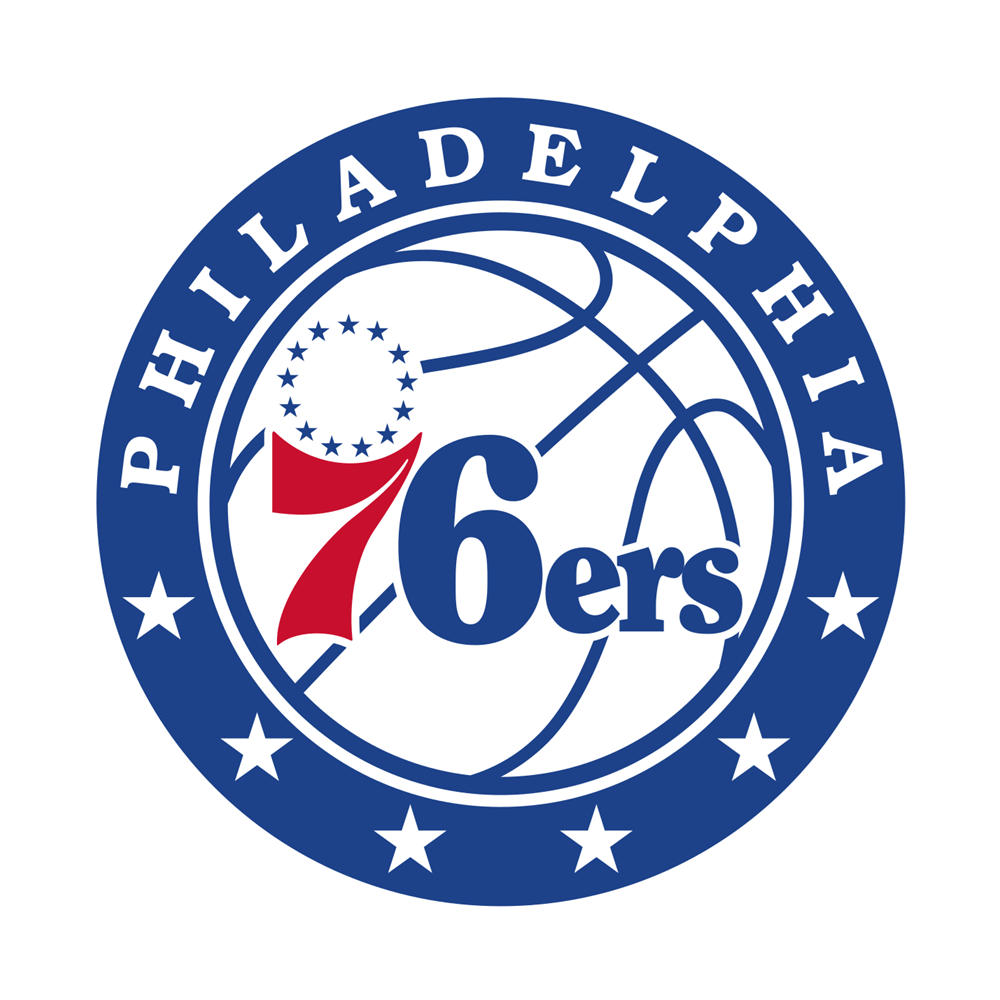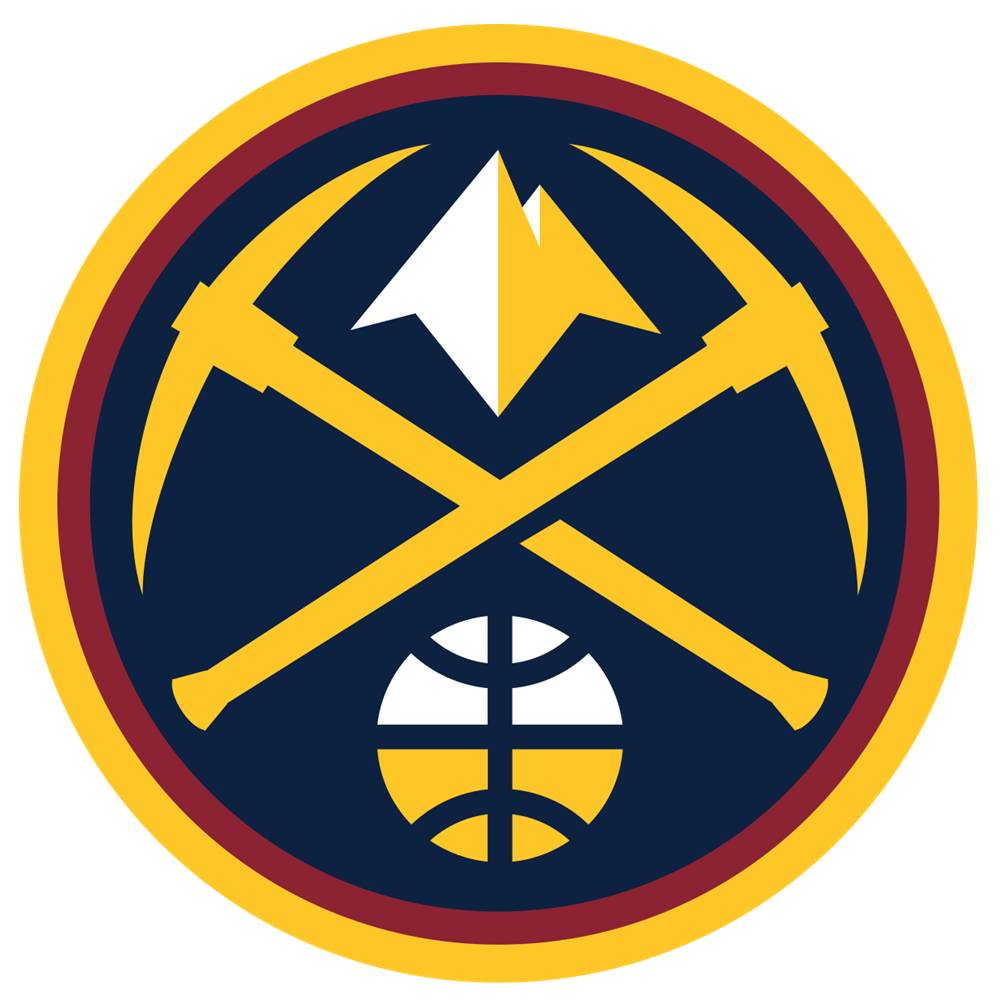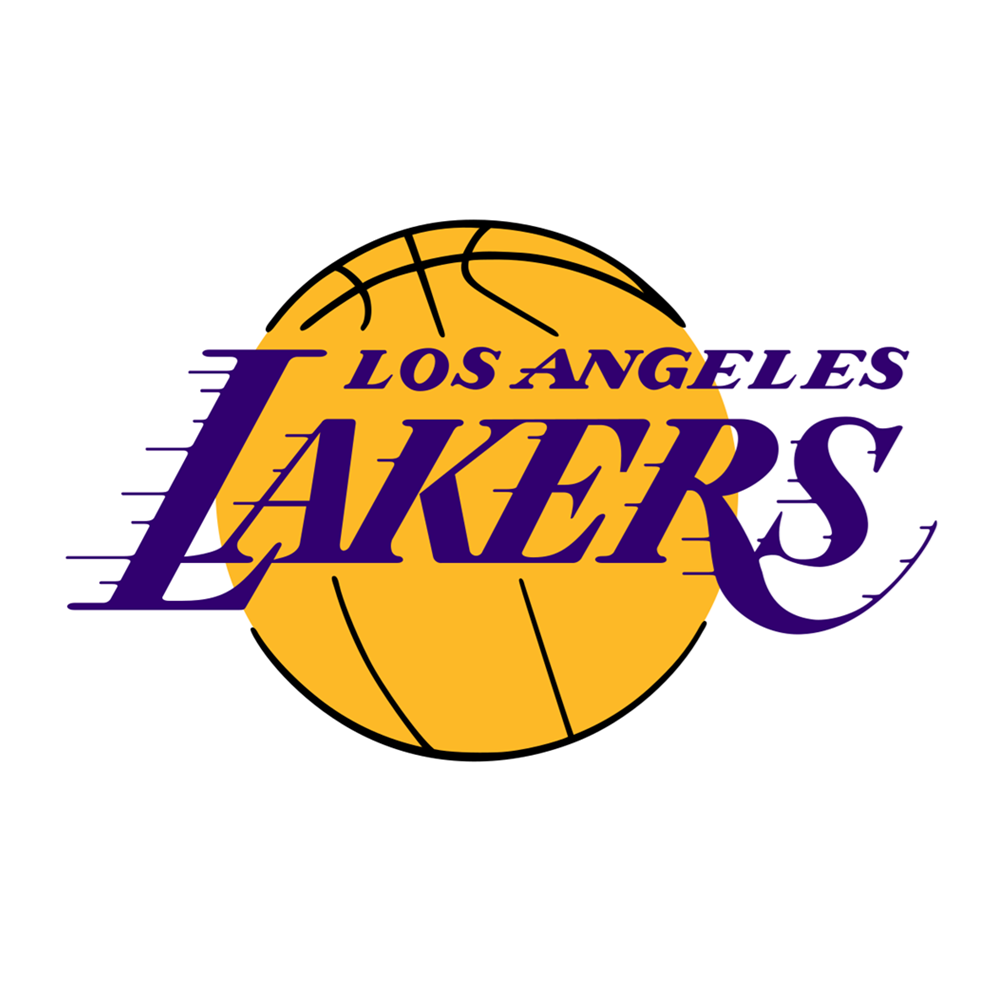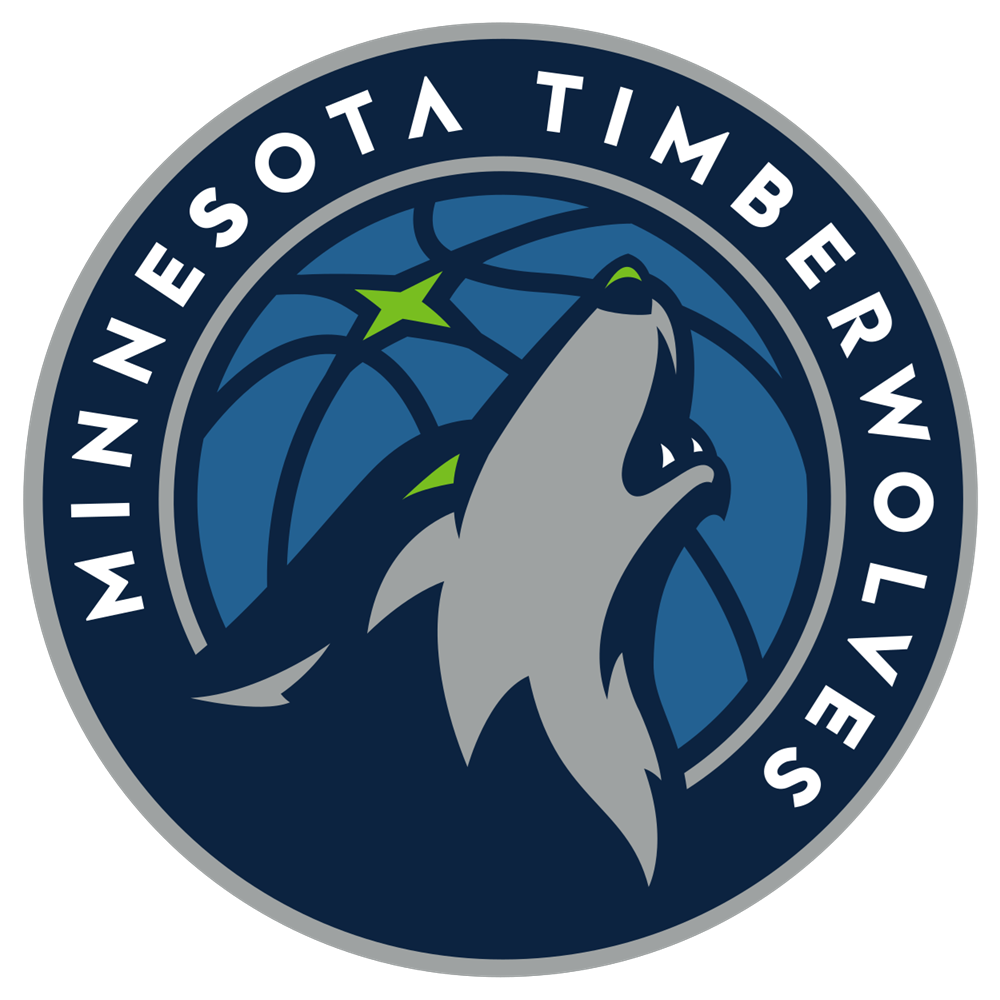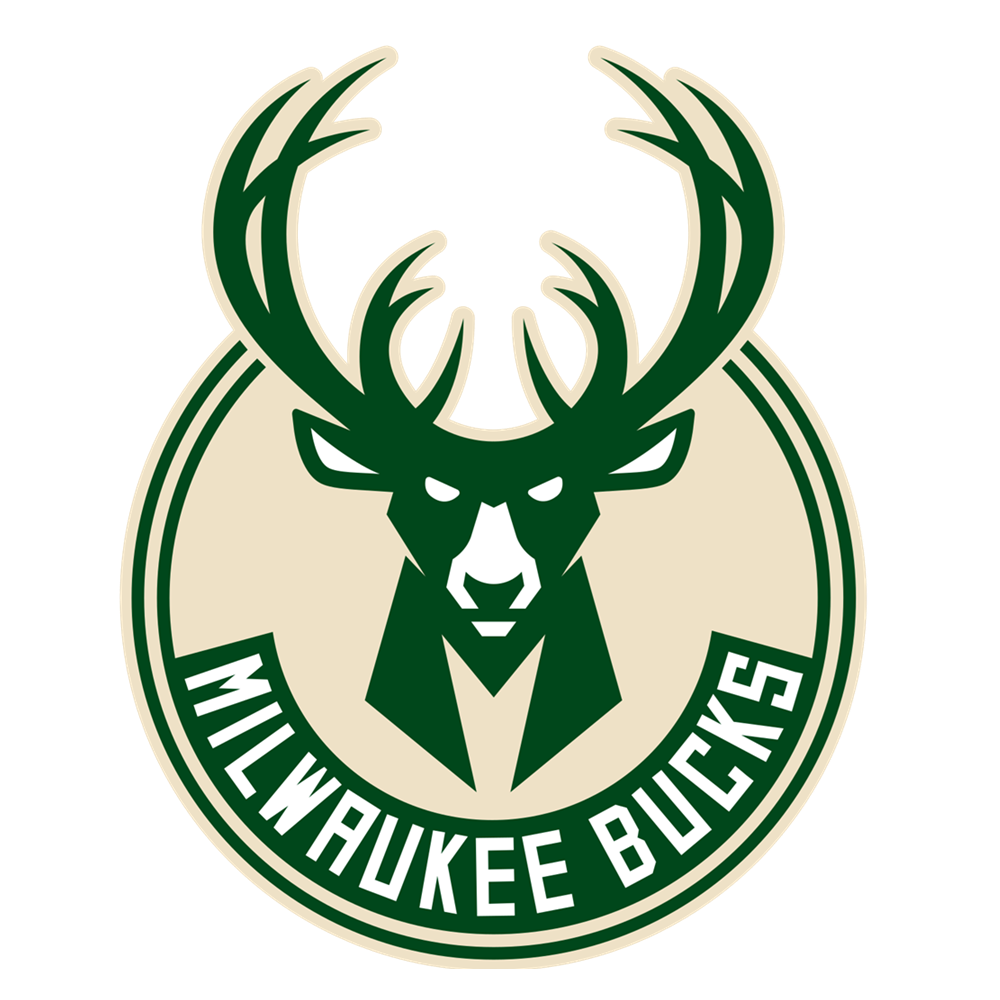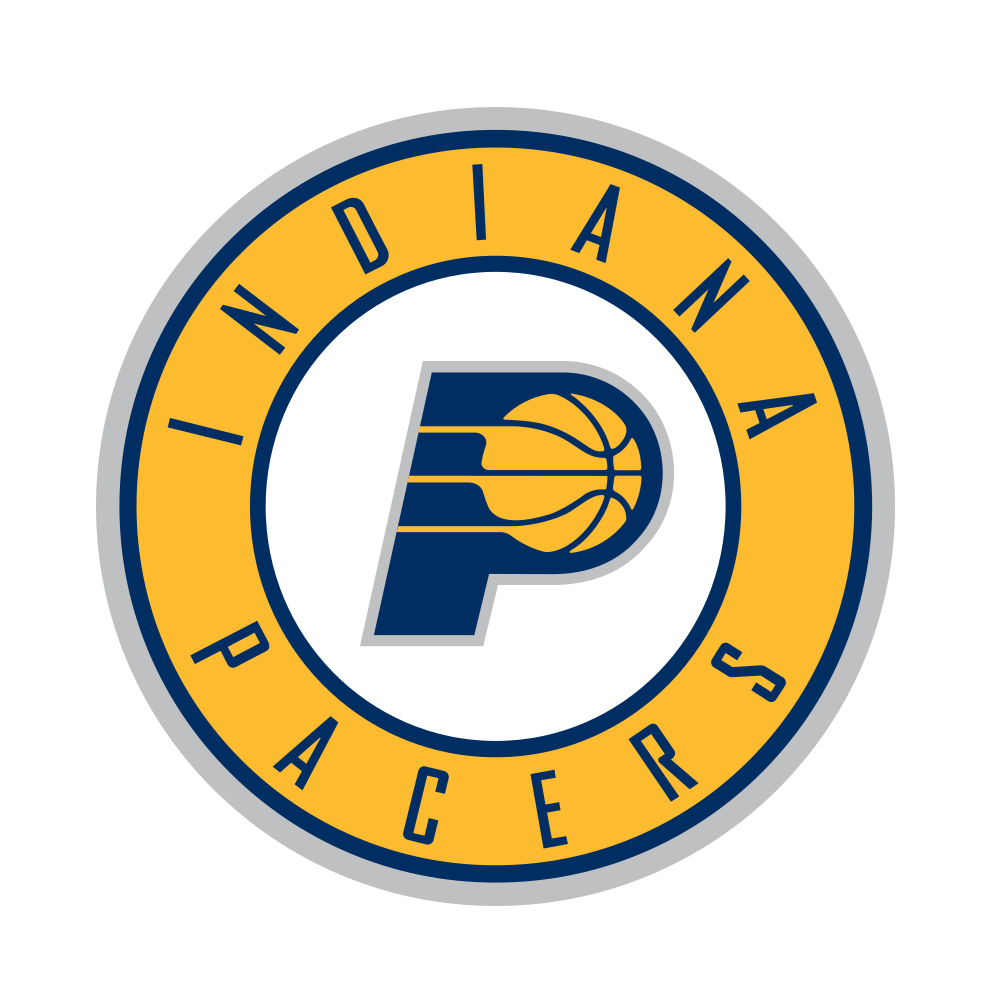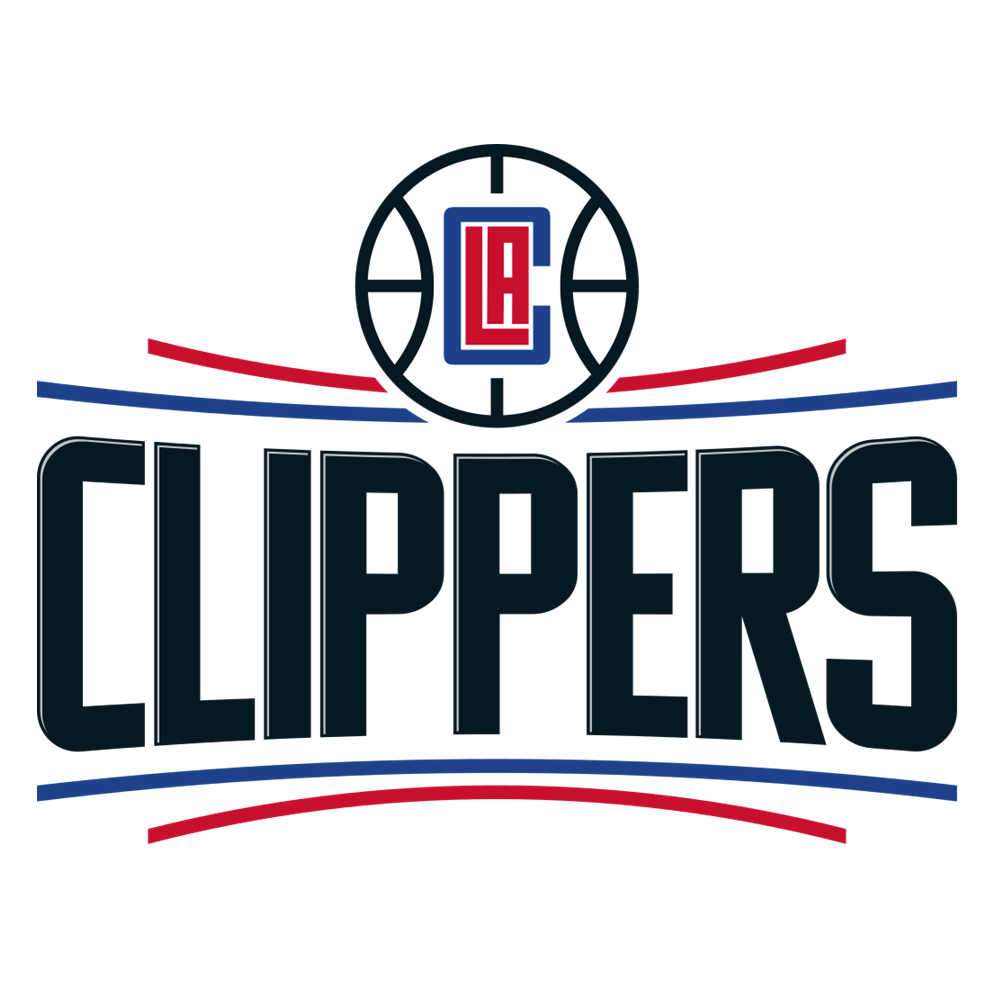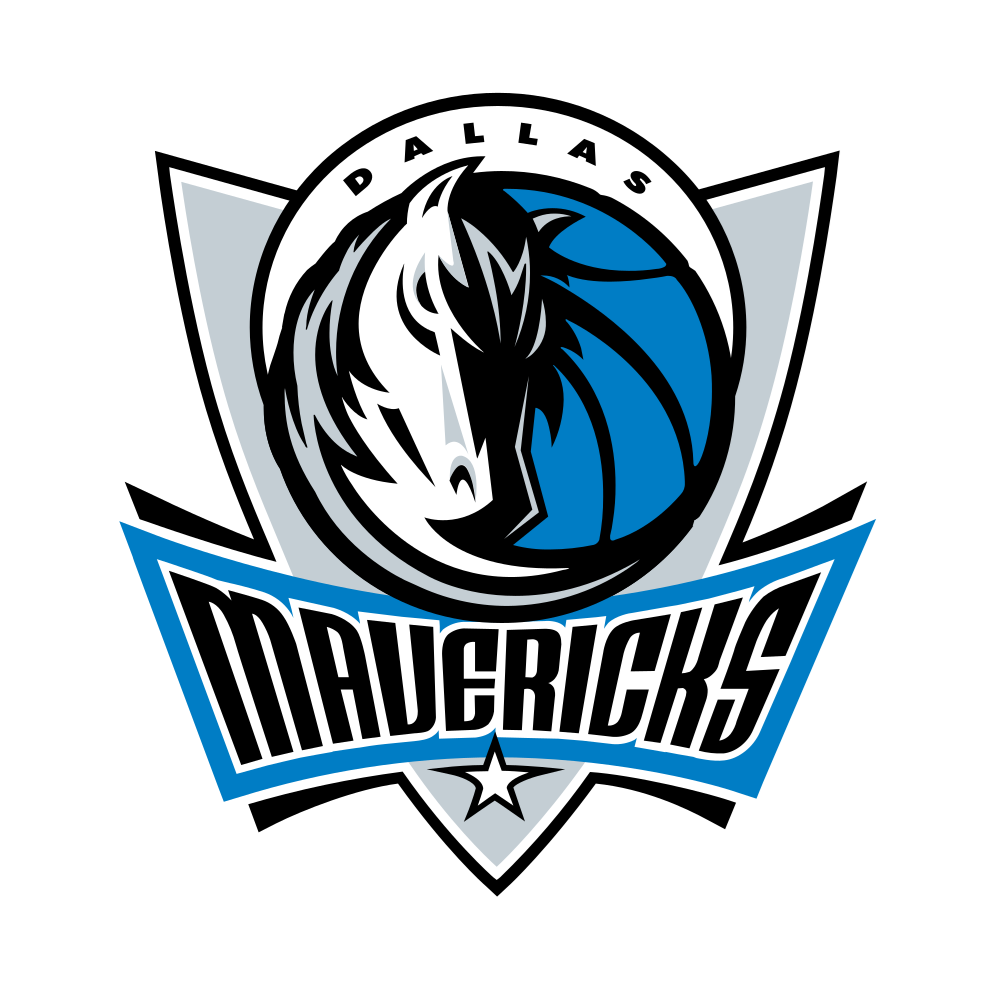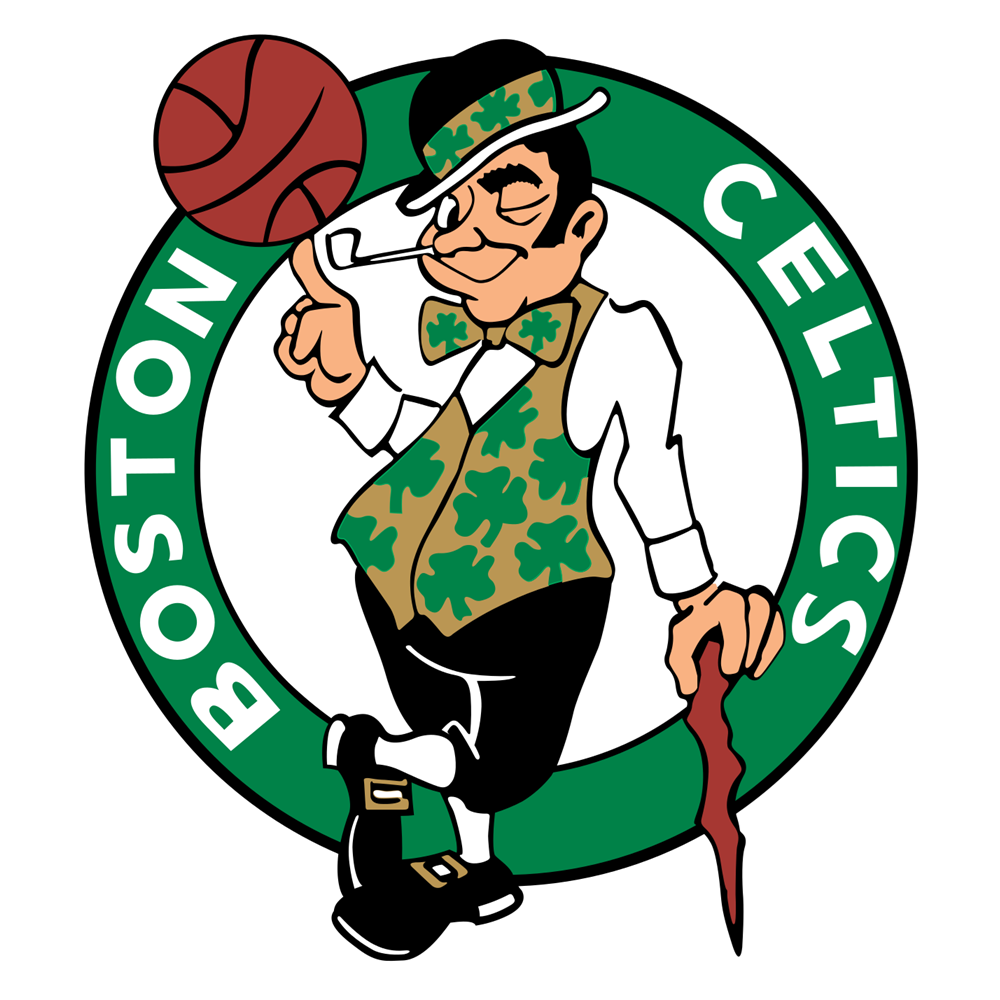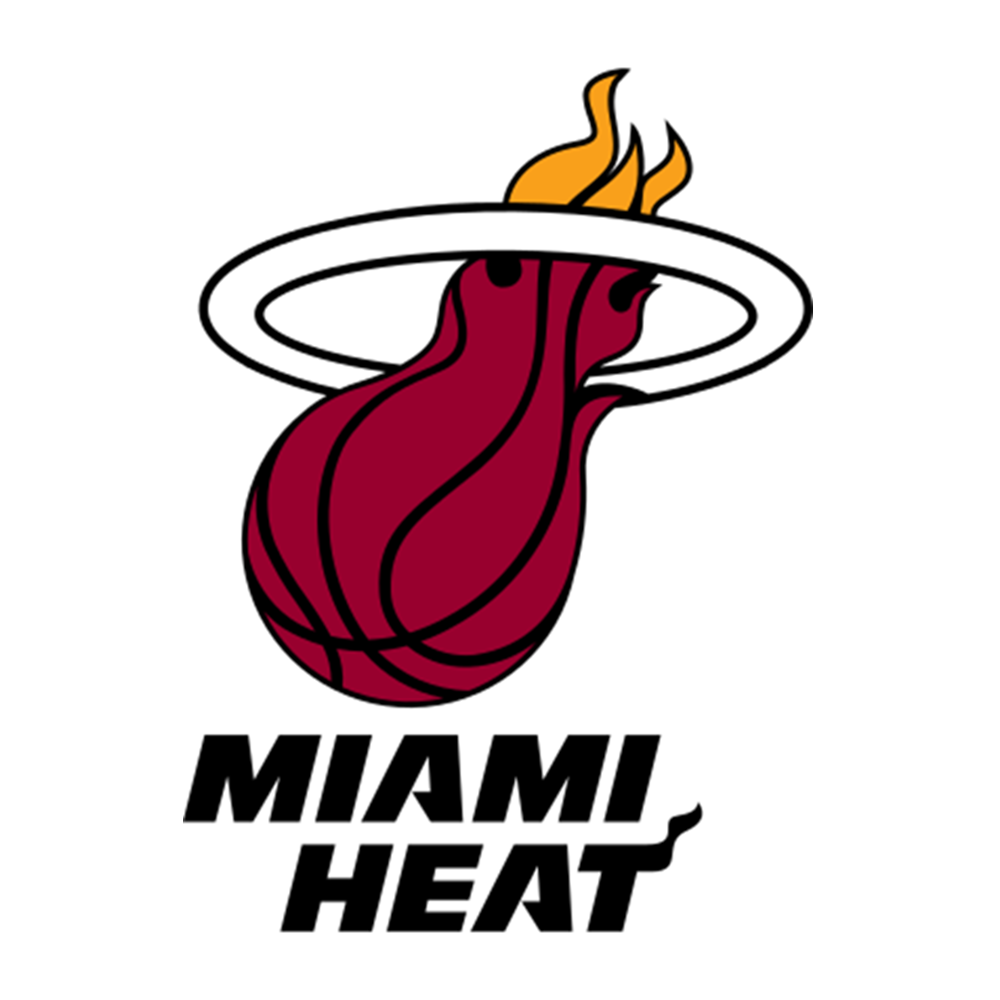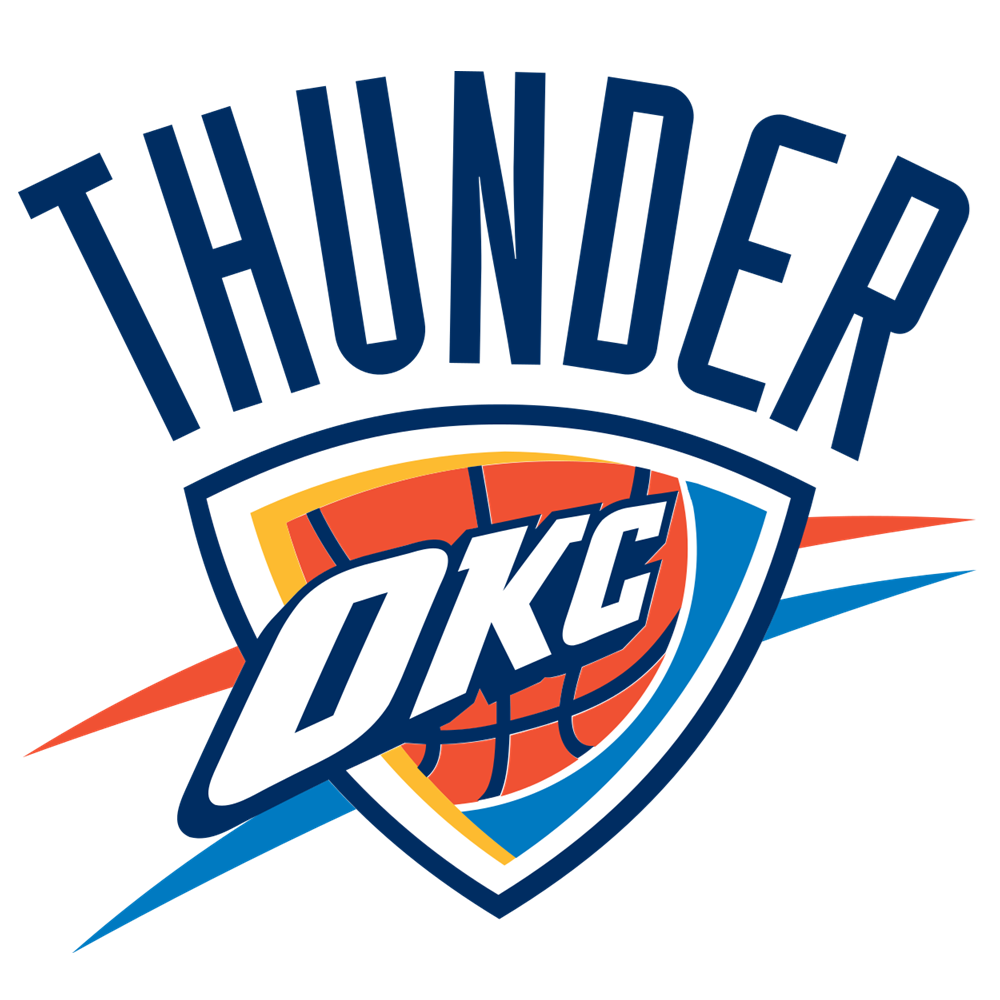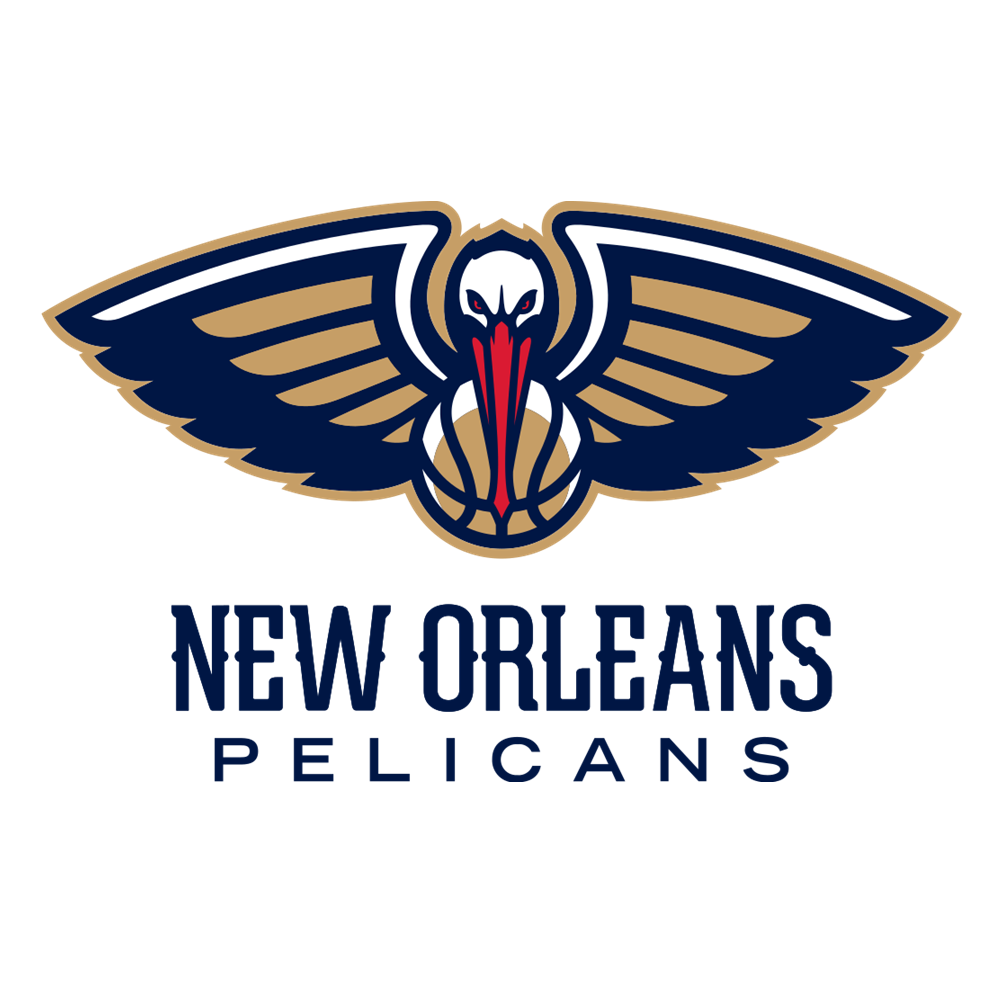Nikola Jokic is the best passing big man in the league. He just is. Be it from the post back out, from the top of the arc feeding inwards, as a screener, on the move or in transition, he has tremendous vision to all areas of the court, and the skips, bounces and lobs to get the ball there.It would make sense therefore to flank him with shooters and scorers as much as possible. A player like Jokic, who can score from both the perimeter and the interior while also being plenty able to drive from one to the other, will best be able to exploit this gravitational effect on the defence if there are offensive players around him who will thrive in the very space his individual talents open up.But it's not happening like that.It is in the backcourt. Far more of a scoring guard than a traditional playmaker, Jamal Murray is having a good if streaky year as the de facto one guard, averaging 15.4 points and 2.7 assists as the active, dynamic, cutting scorer. Alongside him as the other one of those, Gary Harris is doing even better, leading the team with 17.2 points per game on a 60.4% true shooting percentage and slowly becoming an All-Star calibre two guard. In the frontcourt, however, there lies one striking anomaly. In recent times, Denver Nuggets head coach Mike Malone has paired Jokic increasingly often with usual reserve centre Mason Plumlee, who has started 19 out of the last 20 games. Plumlee initially started because Jokic was out with injury, but when Jokic came back, he stayed there, moving the Serbian to the power forward spot. This despite Jokic's ascent to stardom in his rightful position at centre.As the team's leading if not only shot blocker, there is value to playing Plumlee, who defends the interior in a way that Jokic does not (Jokic's swipes help, but a weak side shot-contesting helping presence at the rim is always needed, something he does not do well). Plumlee is third on the team in total rebounding percentage, moves the ball well even if not a huge threat to score himself, and jointly leads the team in defensive rating with, fittingly, Jokic. Plumlee has a key role to play on the team, and he is playing it fairly well.That role, though, need not involve starting Jokic out of position. Since the injury to Paul Millsap, the power forward spot has been an issue for the Nuggets, who have tried various ideas out there. They are replete with options at the forward spots, yet all of those options have their drawbacks. This new look is the latest option, and one Malone has stuck with for a while now.But it does not appear that playing their best centre as a power forward is the answer. Perhaps this is happening because of the limitations in the options elsewhere. Between Kenneth Faried, Trey Lyles, Darrell Arthur, Juancho Hernangomez and Tyler Lydon, plus the big ball option of Plumlee and the small ball option of Wilson Chandler, the Nuggets do not lack for candidates in who they could play alongside Jokic. Even Richard Jefferson could have a go in a particularly small line-up. Yet Malone, it seems, prefers Plumlee to them all.Certainly, Kenneth Faried looks to be out of favour. When Millsap initially went out, Faried got more time, getting seven starts in the first eight games without Millsap and recording averages of 11.0 points and 8.9 rebounds. However, outmuscled by centres and still unable to spread the floor as a four man, Faried's fit was never optimal. The main strength he brings with him is offensive rebounding, yet that is the one thing that the Nuggets (second in the league in offensive rebounding percentage) do not really need.Elsewhere, Lydon has played only two minutes all year, spending it mostly on assignment. Despite getting $23 million from the team only last summer, Arthur has been pushed out of the rotation by the acquisitions of Millsap, Lyles and Plumlee and has played only 49 himself. Jefferson has only 118, and although he is perhaps better suited as a small forward even though he can play both positions, Hernangomez has only played 213 all year, less than two-way wing player Torrey Craig. He, truly, has been pushed out of the team.The biggest power forward minute recipient thus far on the season has been Lyles, who started the season out of the rotation but has played his way into it in a way that surely will not now be gone back on. Lyles has shot 42.4% from three-point range on three such attempts per game, and crashes the defensive glass at the second-best rate on the team, better even than Faried. Smooth and very court aware on both ends, Lyles's high IQ play has been very beneficial, very welcome, and helps to alleviate the frustration at trading away the draft rights to star rookie Donovan Mitchell in order to get him. Lyles is not as good as Mitchell, certainly, but he is legitimately good.However, despite Lyles's play it is not immediately obvious why he gets less time next to Jokic than Plumlee does. Lyles is also theoretically a better fit alongside Plumlee than Jokic is - as a bench unit once Millsap returns, they should be a good backup duo. Yet with Millsap out, the most immediate concern should be the fit alongside Jokic, and with his ability to space the floor and defend perimeter bigs, Lyles should be the obvious candidate for the role. He is not the interior defender that Plumlee is, but does it really that much?The season is old enough, and line-ups varied enough, to have a useful amount of empirical data to draw conclusions from. Plus/minus, a measure designed solely to capture how good a team is with or without certain players, is our friend here.Indisputably true is the fact that whoever he plays alongside, the Nuggets are far better with Jokic on the court. Of course they are - that's what it means to be a star. Per 100 possessions, the Nuggets are +6.3 with Jokic on the court (in a sample size of 1,175 minutes), and -5.9 without him (998 minutes). It is therefore key to get him on the court as much as possible notwithstanding the need to protect a long term asset's long term health. However, a look at Jokic's plus-minus totals with his team-mates tells an unflattering truth about the pairing with Plumlee. Paired with Chandler, Jokic's plus/minus rating is +90 in 835 minutes. With Millsap, it is +63 in 325 minutes. With Lyles, it is again +63 but this time in only 269 minutes. Even with Faried, it is +21 in 166 minutes. With Plumlee, however, it is a mere +2 in 305 minutes, Jokic's third-worst pairing on the team behind only the negative ratings he has with Hernangomez and Emmanuel Mudiay.Denver is better with Jokic on court, no doubt, yet both the team as a whole and Jokic personally are better with a more traditional power forward alongside him at all. Without either in the line-up at all, thereby playing centre-less, the Nuggets are particularly poor, with a net rating of -9. So if the team is better with one centre on the court at a time in every measurable way, why isn't it happening?
Perhaps this is happening because of the limitations in the options elsewhere. Between Kenneth Faried, Trey Lyles, Darrell Arthur, Juancho Hernangomez and Tyler Lydon, plus the big ball option of Plumlee and the small ball option of Wilson Chandler, the Nuggets do not lack for candidates in who they could play alongside Jokic. Even Richard Jefferson could have a go in a particularly small line-up. Yet Malone, it seems, prefers Plumlee to them all.Certainly, Kenneth Faried looks to be out of favour. When Millsap initially went out, Faried got more time, getting seven starts in the first eight games without Millsap and recording averages of 11.0 points and 8.9 rebounds. However, outmuscled by centres and still unable to spread the floor as a four man, Faried's fit was never optimal. The main strength he brings with him is offensive rebounding, yet that is the one thing that the Nuggets (second in the league in offensive rebounding percentage) do not really need.Elsewhere, Lydon has played only two minutes all year, spending it mostly on assignment. Despite getting $23 million from the team only last summer, Arthur has been pushed out of the rotation by the acquisitions of Millsap, Lyles and Plumlee and has played only 49 himself. Jefferson has only 118, and although he is perhaps better suited as a small forward even though he can play both positions, Hernangomez has only played 213 all year, less than two-way wing player Torrey Craig. He, truly, has been pushed out of the team.The biggest power forward minute recipient thus far on the season has been Lyles, who started the season out of the rotation but has played his way into it in a way that surely will not now be gone back on. Lyles has shot 42.4% from three-point range on three such attempts per game, and crashes the defensive glass at the second-best rate on the team, better even than Faried. Smooth and very court aware on both ends, Lyles's high IQ play has been very beneficial, very welcome, and helps to alleviate the frustration at trading away the draft rights to star rookie Donovan Mitchell in order to get him. Lyles is not as good as Mitchell, certainly, but he is legitimately good.However, despite Lyles's play it is not immediately obvious why he gets less time next to Jokic than Plumlee does. Lyles is also theoretically a better fit alongside Plumlee than Jokic is - as a bench unit once Millsap returns, they should be a good backup duo. Yet with Millsap out, the most immediate concern should be the fit alongside Jokic, and with his ability to space the floor and defend perimeter bigs, Lyles should be the obvious candidate for the role. He is not the interior defender that Plumlee is, but does it really that much?The season is old enough, and line-ups varied enough, to have a useful amount of empirical data to draw conclusions from. Plus/minus, a measure designed solely to capture how good a team is with or without certain players, is our friend here.Indisputably true is the fact that whoever he plays alongside, the Nuggets are far better with Jokic on the court. Of course they are - that's what it means to be a star. Per 100 possessions, the Nuggets are +6.3 with Jokic on the court (in a sample size of 1,175 minutes), and -5.9 without him (998 minutes). It is therefore key to get him on the court as much as possible notwithstanding the need to protect a long term asset's long term health. However, a look at Jokic's plus-minus totals with his team-mates tells an unflattering truth about the pairing with Plumlee. Paired with Chandler, Jokic's plus/minus rating is +90 in 835 minutes. With Millsap, it is +63 in 325 minutes. With Lyles, it is again +63 but this time in only 269 minutes. Even with Faried, it is +21 in 166 minutes. With Plumlee, however, it is a mere +2 in 305 minutes, Jokic's third-worst pairing on the team behind only the negative ratings he has with Hernangomez and Emmanuel Mudiay.Denver is better with Jokic on court, no doubt, yet both the team as a whole and Jokic personally are better with a more traditional power forward alongside him at all. Without either in the line-up at all, thereby playing centre-less, the Nuggets are particularly poor, with a net rating of -9. So if the team is better with one centre on the court at a time in every measurable way, why isn't it happening?
Apart from shooting considerably worse in the three-to-ten foot range this season (45.7% shooting this year down from 62.2% last season), Jokic is playing much the same as he did last season, the season in which he broke out and showed himself to be a star in this league. Yet last year as well, Malone did not seem entirely convinced. Last season, before the trade that sent him away to Portland in exchange for Plumlee, Malone often played Jokic alongside fellow Adriatic big Jusuf Nurkic, and at one point even coming off the bench behind him.
The temptation to try and play Jokic and Nurkic together, considering how good they both are, is understandable. The experiment was fine to try - at the very least, to see if any value could be gained in trade for Nurkic (which it kind of was, if you were to take a deliberately generous interpretation of the return). But Malone persevered until mid-season before relenting to Jokic's excellence, and the Jurkic experiment cost the team in the short term.
When the experiment finally ended, Chandler got much of the time as a small-ball four man when the oft-injured Danilo Gallinari was unavailable. And it worked - slowing as he ages, he is arguably a better option at this position now, able to stretch the floor without being stretched as much going back the other way. Chandler would be an option here again now, and indeed did get the start there in the one game of the last twenty that Plumlee did not start as Malone switched down to a smaller ball line-up against a Mavericks team that always does the same. It is not for nothing that in that game, back at his centre position, Jokic recorded 29 points, 18 rebounds and 7 assists. But right after that, Plumlee was back in the starting spot.
It seems the commitment to the two centre line-up is strong. One would hope that the evidence against it is stronger.
The evidence here is not purely statistical, but uses the eye test as well. Plumlee defends the paint and the basket well, better than Jokic does. Yet in this era of the NBA, opposing teams very rarely play two posts, thus there is very little need for two players to try and defend that area. One needs to be more perimeter-centric to contest the barrage of screen action that is the modern NBA half-court game. And neither is particularly good at that, creating an instant weak point for the defence.
Offensively, Jokic performs better with deep post touches than Plumlee does, and is infinitely better away from the basket (where Plumlee can screen and hit a cutter, but not dribble or shoot in any trust-inspiring way). In theory, Jokic could play the high post or the perimeter alongside Plumlee's vague interior threat. But as good as he is on the perimeter for his size and (usual) position, Trey Lyles, with his sweet shooting and timely driving, is a much better one. The balance with Lyles in the game always looks far better. Plumlee just clogs the paint.
If Denver envisaged Jokic as a power forward, they would not have targeted Paul Millsap. And while Millsap's injury is unfortunate, it should in no way mean Jokic is the one to cover for him. Plumlee is good, but he is not the team's third best big man (Lyles has earned this by now), and even if he was, the fit is very far from optimal. Wanting to protect Jokic from the more physical opponents on the interior makes some sense, yet doing so with Plumlee just takes the team out of what they need to be doing.
Maybe the Nuggets are slightly better defensively with heavy doses of the Jokic/Plumlee pairing. But all the evidence suggests they are not a better team. Lyles generally finishes games alongside Jokic; why, then, does he not also start them?

